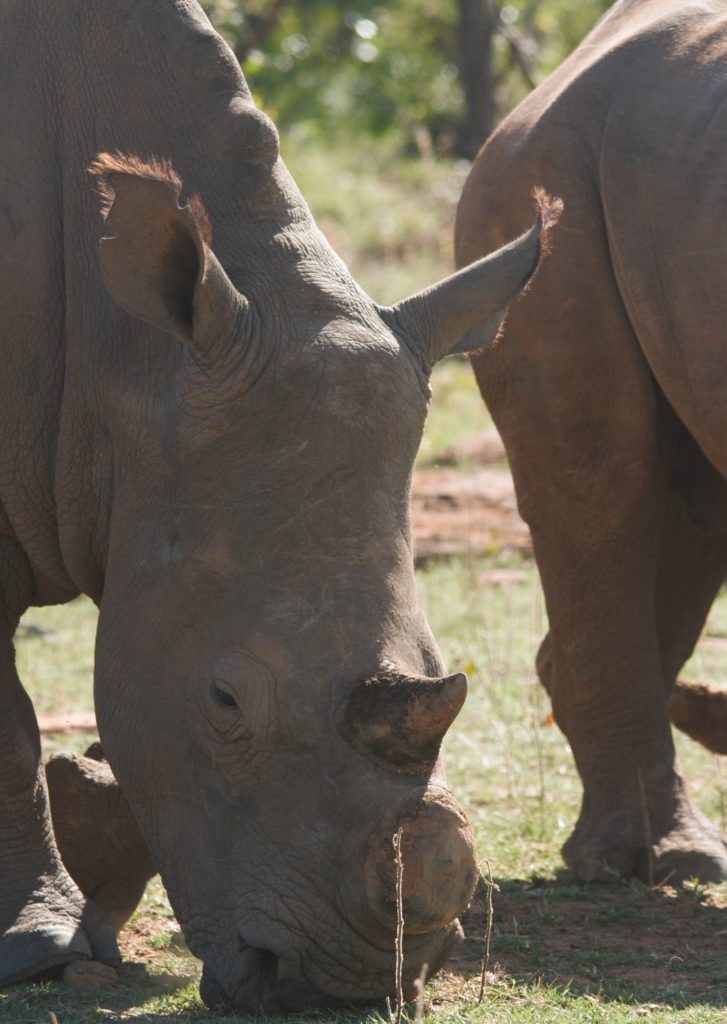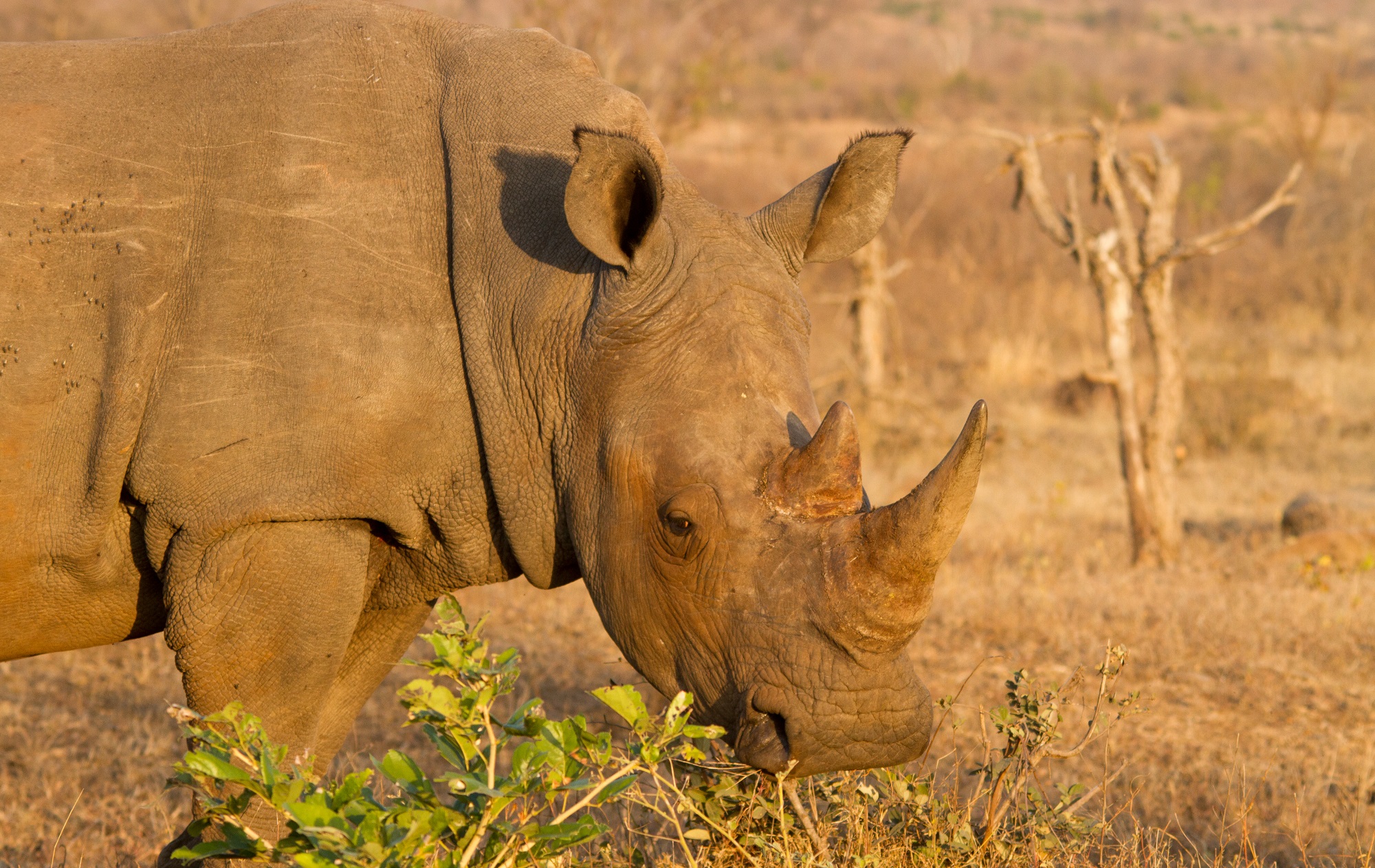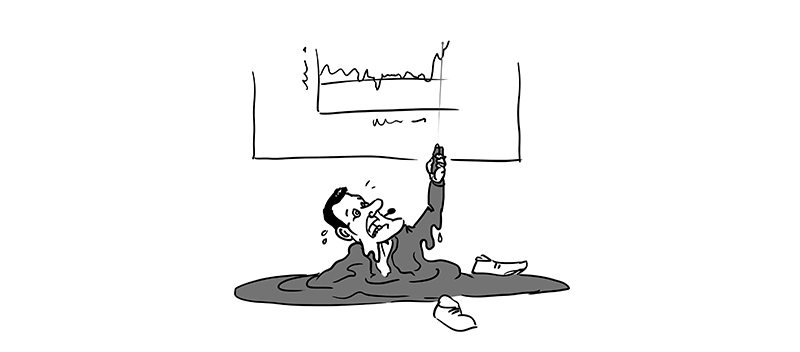Poachers are well on their way to driving the rhino extinct. Measures have failed to deter poachers while the rhino population dwindles. Dramatically so, ecologists Jasper Eikelboom and emeritus professor Herbert Prins show in a study on rhinos in South Africa’s Kruger National Park. This is where the majority of the world’s remaining white rhinos are found.
Since the turn of the century, the rhino population in Kruger Park oscillated between 10 and 12 thousand. A steep decline commenced a decade ago, resulting in a population of less than 2500 two years ago. ‘Chocking numbers’, says Eikelboom. He obtained his PhD three years ago on a method to find poachers using prey animals with tracking devices.

Poaching
‘In 2016, you could see ten rhinos in a single day while driving through the park. I visited the same spot just before the COVID-19 outbreak in 2020 and did not see a single rhino in three full days. Hence, these numbers don’t come as a surprise.’ However, the numbers also refute the government narrative of a reduction in poaching activities. ‘The number of poachers has not dropped, but the number of animals that can be poached has.’
Although it is true that fewer rhinos with severed horns are found, ‘the pressure of poachers remains unaltered. The number of rhinos that are poached remains constant, but in absolute numbers, their population is declining rapidly due to the simple fact that there are fewer rhinos left to be poached’, says Eikelboom. The Wageningen scientists use a mathematical model to substantiate their publication in Science Advances.
Severed
To get ahead of the poachers, park rangers have started de-horning the animals. ‘That has been quite an operation’, Eieklboom clarifies. ‘The whole park, which has an area two-thirds the size of the Netherlands, was searched with patrols and helicopters. Rhinos were sedated, and their horns were removed. At the time, there were 3000 animals. Horns, however, are like nails, their regrow.’
Hence, de-horning is not the ultimate solution. ‘It must be maintained because the horn has mostly grown back after about five years.’ Legalising the horn trade is also not a solution. ‘Trade within South Africa is currently permitted, but not across borders. I am not in favour of legalisation. The market, particularly in Vietnam and China, is far bigger than the supply, so it will not deter poachers.’
Corruption
Rhino horns serve as a status symbol and medicine in China and Vietnam. Eikelboom: ‘There are millions who can and will buy rhino horns, while the global rhino population is currently just 10,000. Insufficient to satisfy the demand. Although prices increase with scarcity, the demand remains.’ Higher prices also increase corruption and bribery of park staff.
Eikelboom and Prins see only one solution to prevent the permanent demise of the species: small, well-monitored reserves. ‘There is no short-term way to reduce the demand’, Eikelboom says. ‘So, we must try to protect the rhino as best we can in small and well-secured reservations while focusing on reducing the demand for rhino horns in the long term.’

 The rhino population in South Africa’s Kruger National Park currently includes just over 2000 individuals. Photo Jasper A.J. Eikelboom
The rhino population in South Africa’s Kruger National Park currently includes just over 2000 individuals. Photo Jasper A.J. Eikelboom 
